It may seem a little surprising on the Feast of the Exaltation of the Cross to hear the story of the Israelites being bitten by snakes in response to their continued complaining in the desert. Long journeys and hunger can have all of us impatient and even whining, right? But if we look at precisely what the Israelites were complaining about and the remedy offered them, the meaning becomes clearer.
They complained about “this wretched food,” which was the manna, the miraculous food that God had sent to sustain them in the desert. God sent a gift and they threw it back at Him and called it wretched. In punishment, seraph serpents (“burning snakes”) appeared and bit them and many of them were dying. The serpents were killing the ungrateful Israelites. To remedy this, God directed Moses to make an image of the very thing that is killing them, and those who looked up at it lived.
In the Gospel, Jesus compares his own crucifixion to the image of the serpent in the desert: “Just as Moses lifted up the serpent in the desert, so must the Son of Man be lifted up.” Why? “So that everyone who believes in him may have eternal life.”
What is the connection between the two? Well, when we choose sin and reject the Food God gives, it leads to spiritual death. Sin is killing us, like the serpents were killing the Israelites (like the original serpent, Satan). To remedy this, God sent His Son, who was “made to be sin” (2 Cor 5:21) and lifted up on the Cross, and those who look up to him will live. Jesus “becomes” the thing that is killing us, taking on all sin, and is then lifted up for all to look upon.
In both instances, repentance and faith are required. The Israelites weren’t given a remedy until they had repented and asked Moses to intercede for them; and they would not have looked up at the bronze serpent unless they believed it would help them. In the same way, we do not look up at Christ as the crucified Savior unless we have repented of our sin and believe he will save us.
Are we so different from the wandering Israelites? Are we properly grateful for the miraculous spiritual Food that the Lord provides for us every day? Jesus tells us that HE is the true Bread come down from Heaven, and we literally consume Him, Body, Blood, Soul, and Divinity in the Eucharist. Jesus tells us that if we do not eat this Bread, we have no life in us! We must eat to live. So, we must grow in gratitude for this great Gift, without which we would die.
Let us look with trust upon the One who gives Himself for us – both as Food and as Savior – and “lift high the Cross” by being unashamed to wear it, kneel before it, and claim it as the source of our salvation.
Puede parecer un poco sorprendente en la Fiesta de la Exaltación de la Santa Cruz escuchar la historia de los israelitas siendo mordidos por serpientes en respuesta a sus continuas quejas en el desierto. Los viajes largos y el hambre pueden tenernos a todos impacientes e incluso lloriqueando, ¿verdad? Pero si miramos precisamente de qué se quejaban los israelitas y el remedio que se les ofreció, el significado se vuelve más claro.
Se quejaron de “este miserable alimento”, que era el maná, el alimento milagroso que Dios había enviado para sustentarlos en el desierto. Dios les envió un regalo se lo devolvieron y lo llamaron miserable. En castigo, aparecieron serpientes serafín (“serpientes ardientes”) y los mordieron y muchos de ellos se estaban muriendo. Las serpientes estaban matando a los israelitas desagradecidos. Para remediar esto, Dios ordenó a Moisés que hiciera una imagen de lo mismo que los estaba matando, y aquellos que miraron hacia arriba vivieron.
En el Evangelio, Jesús compara su propia crucifixión con la imagen de la serpiente en el desierto: “Así como Moisés levantó la serpiente en el desierto, así debe ser levantado el Hijo del Hombre”. ¿Por qué? “Para que todo el que cree en él tenga vida eterna”.
¿Cuál es la conexión entre los dos? Bueno, cuando elegimos el pecado y rechazamos el Alimento que Dios nos da, nos lleva a la muerte espiritual. El pecado nos está matando, como las serpientes estaban matando a los israelitas (como la serpiente original, Satanás). Para remediarlo, Dios envió a su Hijo, que fue “hecho pecado” (2 Cor 5,21) y levantado en la cruz, y los que lo miran vivirán. Jesús “se convierte” en lo que nos está matando, tomando todos los pecados, y luego es levantado para que todos lo vean.
En ambos casos, se requiere arrepentimiento y fe. A los israelitas no se les dio remedio hasta que se arrepintieron y le pidieron a Moisés que intercediera por ellos; y no habrían mirado a la serpiente de bronce a menos que creyeran que los ayudaría. De la misma manera, no miramos a Cristo como el Salvador crucificado a menos que nos hayamos arrepentido de nuestro pecado y creamos que nos salvará.
¿Somos tan diferentes de los israelitas errantes? ¿Estamos debidamente agradecidos por el alimento espiritual milagroso que el Señor nos proporciona todos los días? Jesús nos dice que ÉL es el verdadero Pan bajado del Cielo, y lo consumimos literalmente, Cuerpo, Sangre, Alma y Divinidad en la Eucaristía. ¡Jesús nos dice que si no comemos este Pan, no tenemos vida en nosotros! Debemos comer para vivir. Entonces, debemos crecer en gratitud por este gran Don, sin el cual moriríamos.
Miremos con confianza a Aquel que se da a sí mismo por nosotros, como Alimento y como Salvador, y “levantemos en alto la cruz” sin avergonzarnos de llevarla, arrodillándonos ante ella y reconocerla como la fuente de nuestra salvación.
 Kathryn Mulderink, MA, is married to Robert, Station Manager for Holy Family Radio. Together they have seven children (including Father Rob), and seven grandchildren. She is President of the local community of Secular Discalced Carmelites and has published five books and many articles. Over the last 30 years, she has worked as a teacher, headmistress, catechist, Pastoral Associate, and DRE, and as a writer and voice talent for Catholic Radio. Currently, she serves the Church by writing and speaking, and by collaborating with various parishes and to lead others to encounter Christ and engage their faith. Her website is www.KathrynTherese.com
Kathryn Mulderink, MA, is married to Robert, Station Manager for Holy Family Radio. Together they have seven children (including Father Rob), and seven grandchildren. She is President of the local community of Secular Discalced Carmelites and has published five books and many articles. Over the last 30 years, she has worked as a teacher, headmistress, catechist, Pastoral Associate, and DRE, and as a writer and voice talent for Catholic Radio. Currently, she serves the Church by writing and speaking, and by collaborating with various parishes and to lead others to encounter Christ and engage their faith. Her website is www.KathrynTherese.com
Feature Image Credit: Diego Andrés Esquivel, cathopic.com/photo/10382-jesus-eucaristia
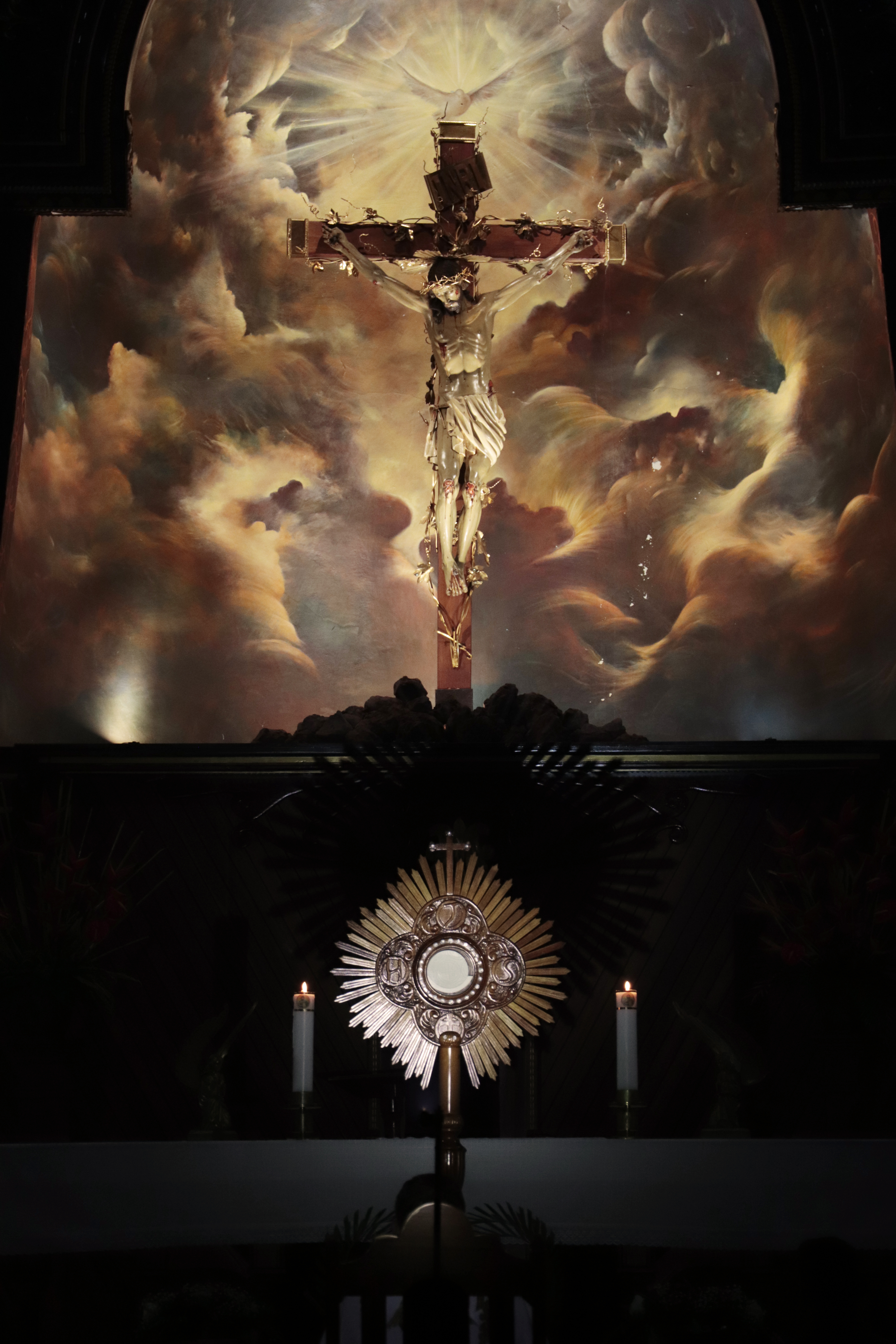

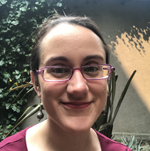 J.M. Pallas has had a lifelong love of Scriptures. When she is not busy with her vocation as a wife and mother to her “1 Samuel 1” son, or her vocation as a public health educator, you may find her at her parish women’s bible study, affectionately known as “The Bible Chicks.”
J.M. Pallas has had a lifelong love of Scriptures. When she is not busy with her vocation as a wife and mother to her “1 Samuel 1” son, or her vocation as a public health educator, you may find her at her parish women’s bible study, affectionately known as “The Bible Chicks.”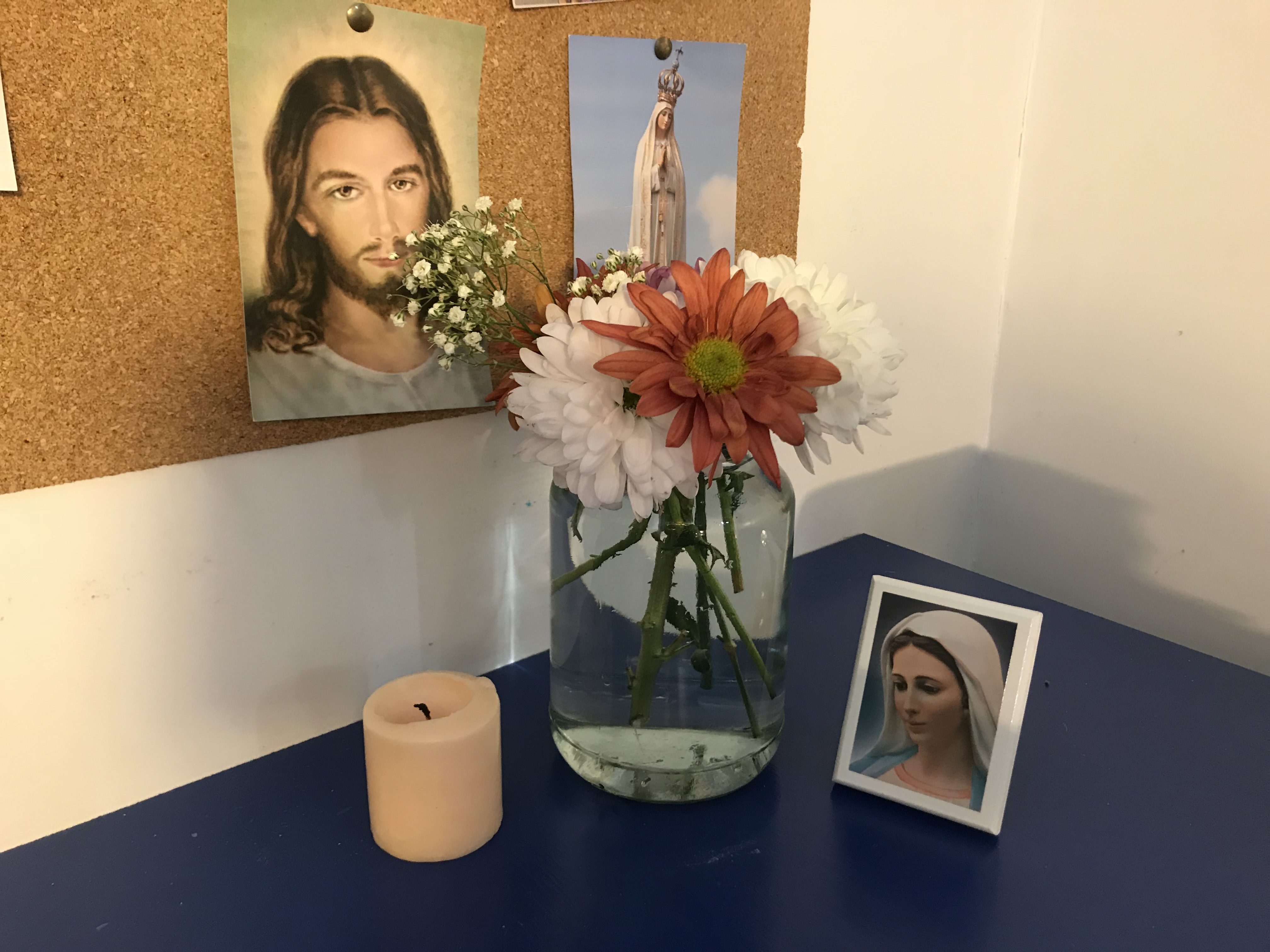
 Sheryl is happy to be the number 1 cheerleader and supporter for her husband, Tom who is a candidate for the Permanent Diaconate in the Diocese of Kalamazoo. They are so grateful for the opportunity to grow together in this process. Sheryl’s day job is serving her community as the principal for St. Therese Catholic School in Wayland, Michigan. Since every time she thinks she gets life all figured out, she realizes just how far she has to go, St. Rita of Cascia is her go-to Saint for intercession and help. Home includes Carlyn, a very, very goofy Golden Retriever and Lucy, our not-so-little rescue puppy.
Sheryl is happy to be the number 1 cheerleader and supporter for her husband, Tom who is a candidate for the Permanent Diaconate in the Diocese of Kalamazoo. They are so grateful for the opportunity to grow together in this process. Sheryl’s day job is serving her community as the principal for St. Therese Catholic School in Wayland, Michigan. Since every time she thinks she gets life all figured out, she realizes just how far she has to go, St. Rita of Cascia is her go-to Saint for intercession and help. Home includes Carlyn, a very, very goofy Golden Retriever and Lucy, our not-so-little rescue puppy. 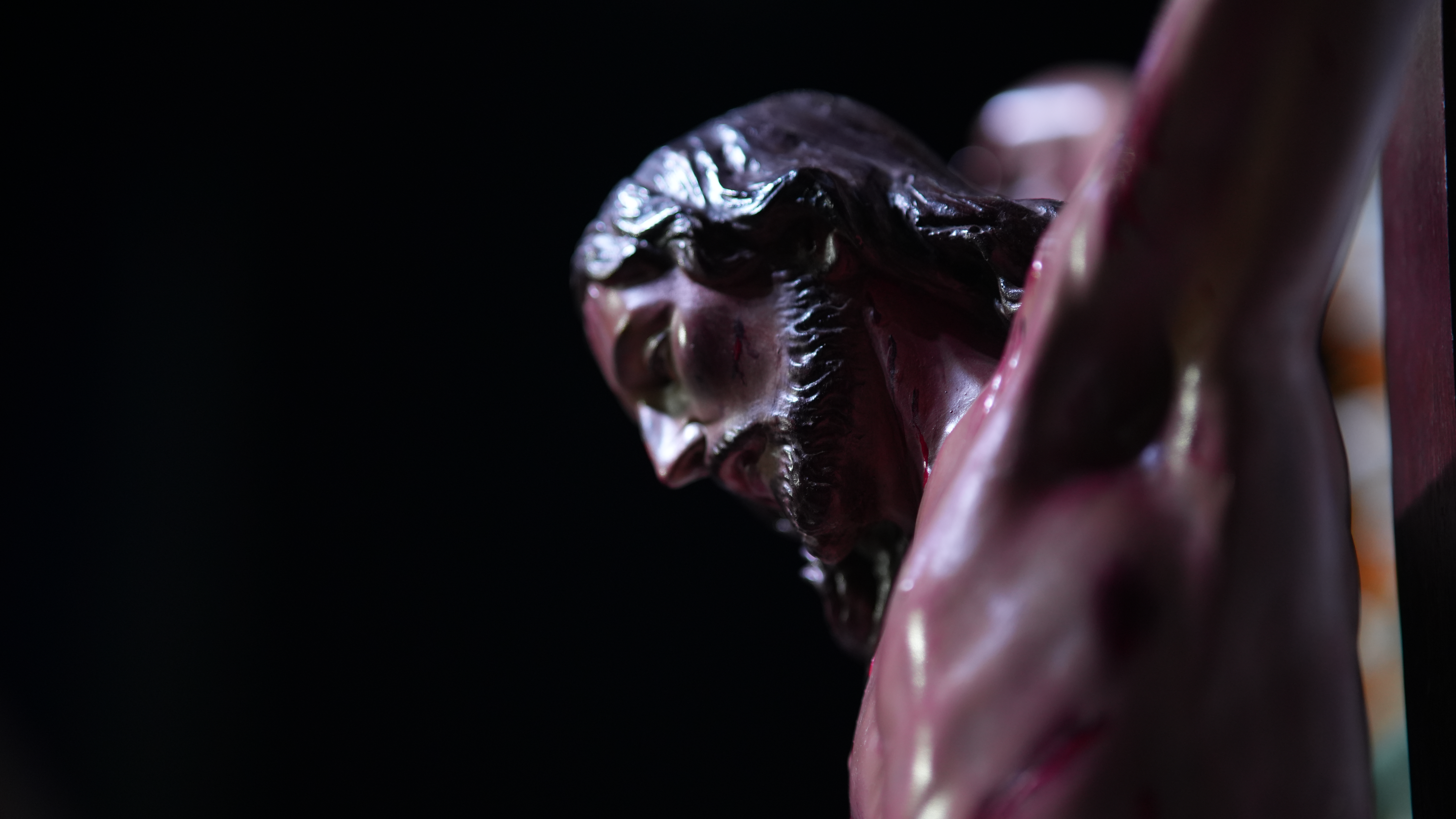
 David Dashiell is a freelance author and editor in Nashville, Tennessee. He has a master’s degree in theology from Franciscan University, and is the editor of the anthology
David Dashiell is a freelance author and editor in Nashville, Tennessee. He has a master’s degree in theology from Franciscan University, and is the editor of the anthology 
 Dr. Alexis Dallara-Marsh is a board-certified neurologist who practices in Bergen County, NJ. She is a wife to her best friend, Akeem, and a mother of two little ones on Earth and two others in heaven above.
Dr. Alexis Dallara-Marsh is a board-certified neurologist who practices in Bergen County, NJ. She is a wife to her best friend, Akeem, and a mother of two little ones on Earth and two others in heaven above.
 Tami Urcia grew up in Western Michigan, a middle child in a large Catholic family. She spent early young adulthood as a missionary in Mexico, studying theology and philosophy, then worked and traveled extensively before finishing her Bachelor’s Degree in Western Kentucky. She loves tackling projects, finding fun ways to keep her little ones occupied, quiet conversation with the hubby and finding unique ways to love. She works full time, is a guest blogger on
Tami Urcia grew up in Western Michigan, a middle child in a large Catholic family. She spent early young adulthood as a missionary in Mexico, studying theology and philosophy, then worked and traveled extensively before finishing her Bachelor’s Degree in Western Kentucky. She loves tackling projects, finding fun ways to keep her little ones occupied, quiet conversation with the hubby and finding unique ways to love. She works full time, is a guest blogger on 
 Elizabeth Tomlin is the author of Joyful Momentum: Building and Sustaining Vibrant Women’s Groups and contributing author to the Ave Prayer Book for Catholic Mothers. She is General Counsel for the Archdiocese for the Military Services, USA. Elizabeth is an Army wife and mother of three and currently lives in the DC area. She blogs at
Elizabeth Tomlin is the author of Joyful Momentum: Building and Sustaining Vibrant Women’s Groups and contributing author to the Ave Prayer Book for Catholic Mothers. She is General Counsel for the Archdiocese for the Military Services, USA. Elizabeth is an Army wife and mother of three and currently lives in the DC area. She blogs at 
 Allison Gingras (
Allison Gingras ( 

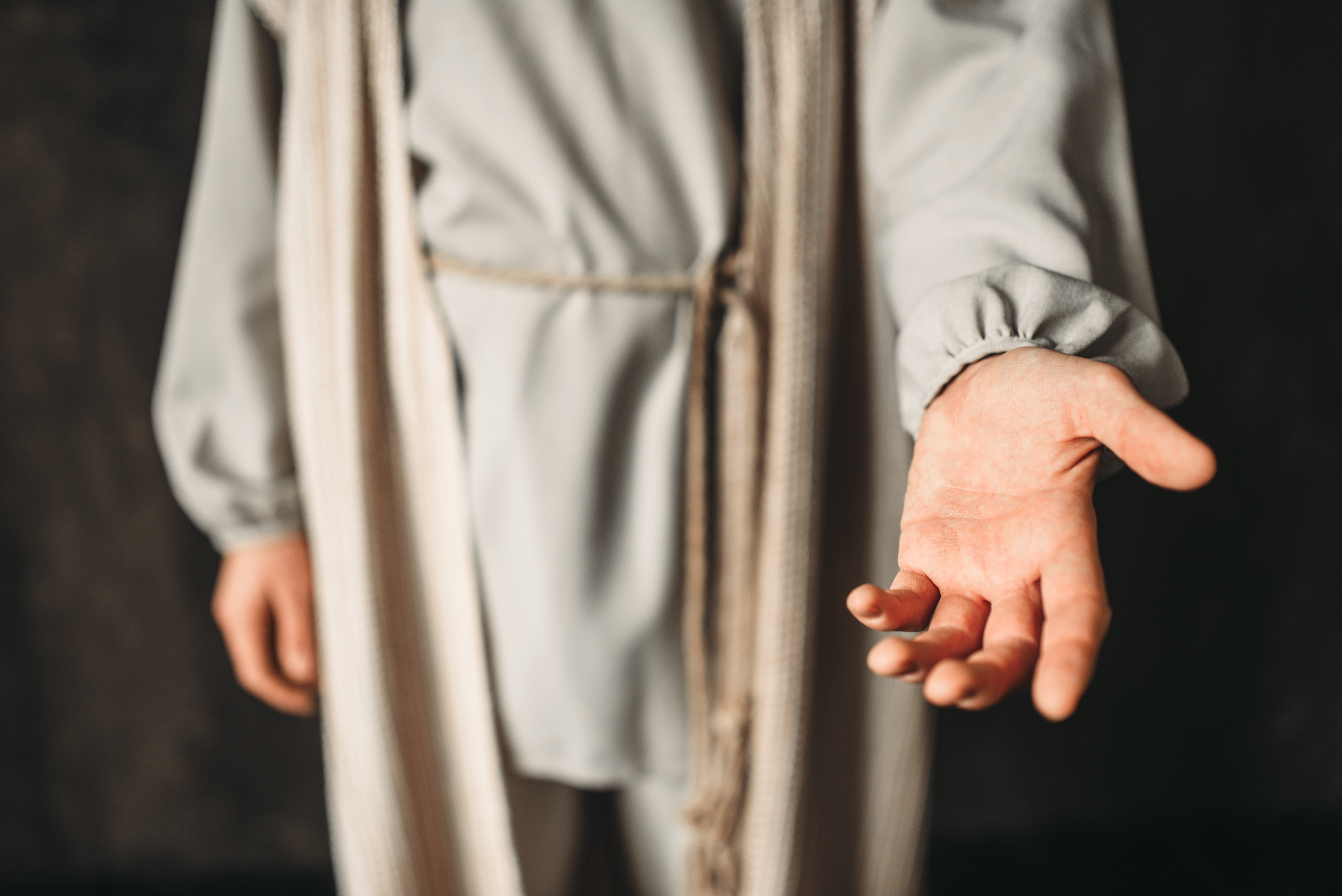

 Susan Ciancio has a BA in psychology and a BA in sociology from the University of Notre Dame, with an MA in liberal studies from Indiana University. For the past 19 years, she has worked as a professional editor and writer, editing both fiction and nonfiction books, magazine articles, blogs, educational lessons, professional materials and website content. Thirteen of those years have been in the pro-life sector. Currently Susan freelances and writes weekly for HLI, edits for American Life League, and is the executive editor of Celebrate Life Magazine. She also serves as executive editor for the Culture of Life Studies Program—an educational nonprofit program for K-12 students. You can reach her at
Susan Ciancio has a BA in psychology and a BA in sociology from the University of Notre Dame, with an MA in liberal studies from Indiana University. For the past 19 years, she has worked as a professional editor and writer, editing both fiction and nonfiction books, magazine articles, blogs, educational lessons, professional materials and website content. Thirteen of those years have been in the pro-life sector. Currently Susan freelances and writes weekly for HLI, edits for American Life League, and is the executive editor of Celebrate Life Magazine. She also serves as executive editor for the Culture of Life Studies Program—an educational nonprofit program for K-12 students. You can reach her at 

